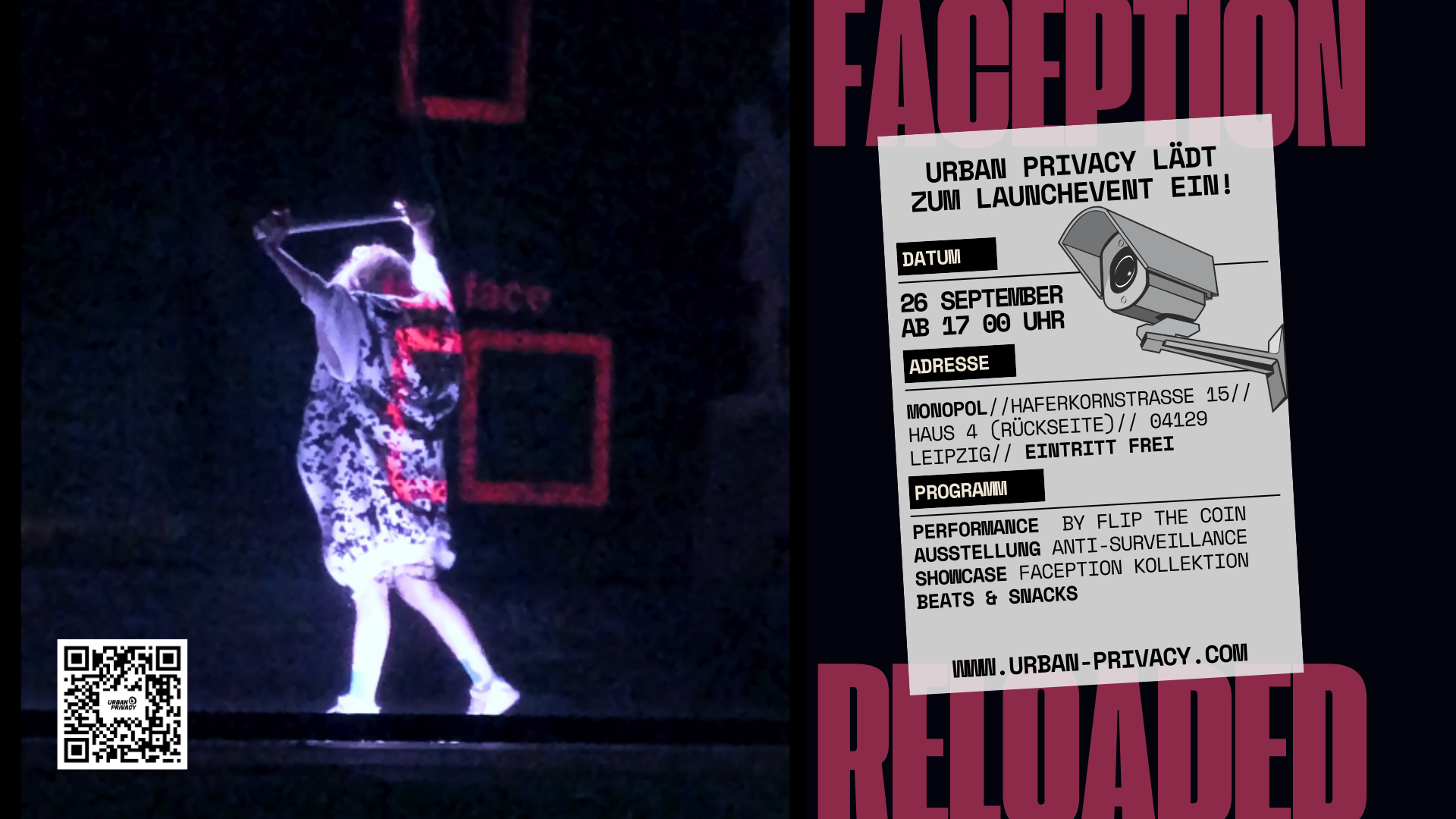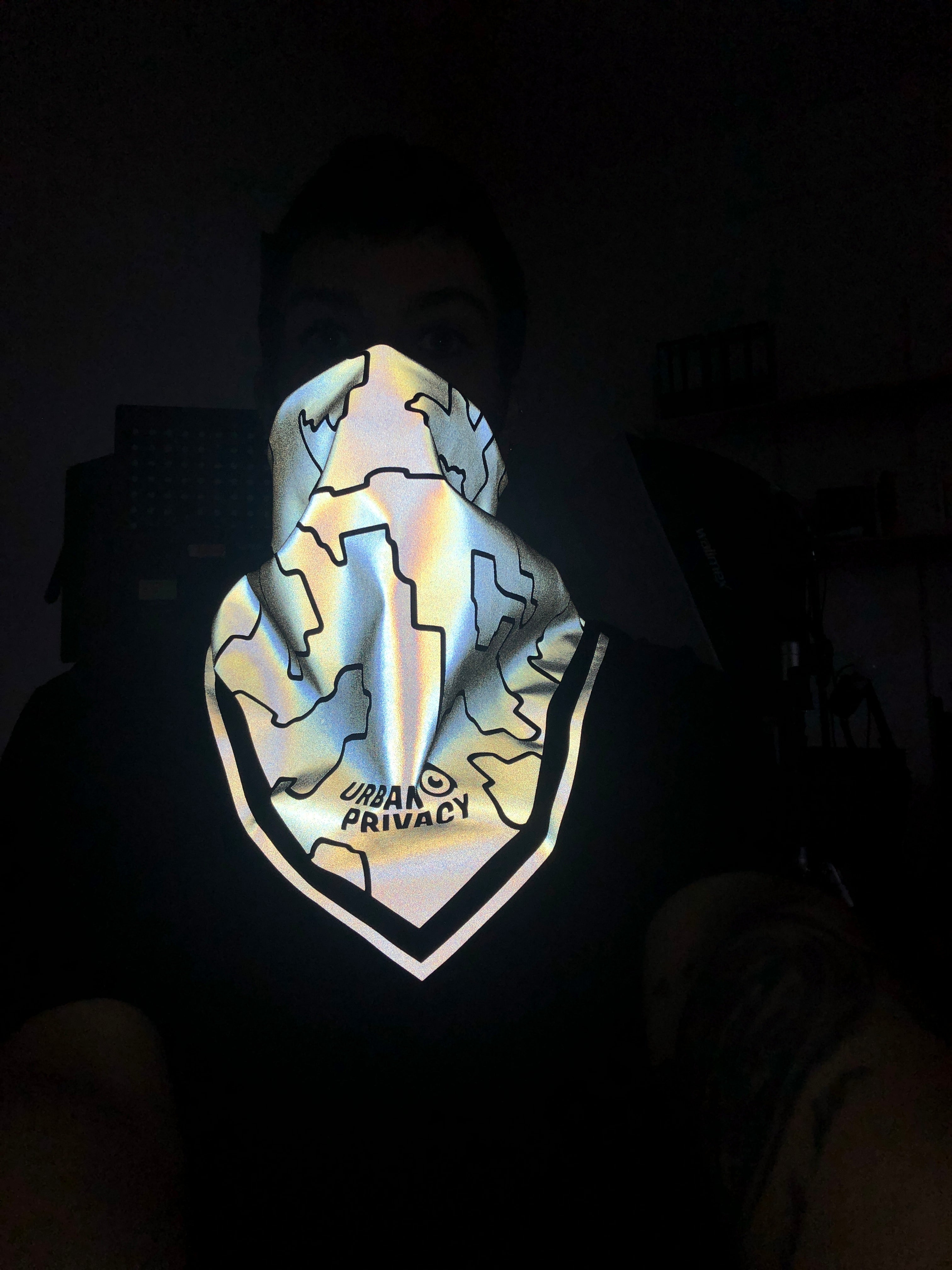Accelerometers: The Invisible Spies in Your Phone
Smartphones are indispensable in everyday life. 95% of citizens in Germany own one. The more we use them for social media, shopping, etc., the more they scrutinize our behavior. In this blog series, we explore the technologies embedded in modern smartphones, what information they gather about us, and the privacy risks they pose. We particularly focus on tracking capabilities, as they reveal insights into our behavior, contacts, professions, and hobbies.
In the previous two blog entries, we discussed location tracking via radio signals and through microphones. In this third part, we delve into a method that relies far less on external signals.
Inertial Navigation: Navigating by Inertia
Those familiar with aerospace might have encountered the term 'inertial navigation'. This system determines movements based on acceleration forces. In simpler terms, when a vehicle accelerates, forces are at play. These forces can be measured and converted into distances traveled. Aircraft employ inertial navigation systems (INS) alongside GPS for positioning. At the start of a flight, the INS registers the aircraft's initial position and orientation. Continuously measuring accelerations, it can determine if the aircraft accelerates, decelerates, ascends, descends, or banks into turns. Essentially, the aircraft knows its location without external inputs, provided it knows its starting point. However, over time, this type of navigation loses accuracy ('drift'). During a journey, this error may need correction from a secondary source, such as GPS.
No Matter How You Flip It...
Why is this information relevant? Anyone who has rotated their smartphone from portrait to landscape mode (which is practically everyone) notices the screen adjusting accordingly. Therefore, smartphones are aware of their orientation. This functionality also relies on built-in sensors called accelerometers. These sensors detect acceleration forces when the device moves, measuring and converting these forces into usable data. Smartphones are remarkably precise in this regard:
A research group led by Gouious et al. conducted a study comparing the accuracy of accelerometers in modern smartphones (iPhone 12 Pro Max, Samsung Galaxy S21 Ultra, Huawei P Smart) with professional motion capture devices (Vicon MX). The latter are used in movies, video games, and medical fields to record and analyze movements. Surprisingly, the study showed that smartphone accelerometers are nearly as precise as professional equipment.
Unnoticed Tracking
The potential for tracking individuals through accelerometer data was explored in a London-based study. Researchers tracked various routes taken by taxi, bus, and walking, analyzing accelerometer data from smartphones. They concluded that tracking individuals through this data is feasible. This method raises concerns because users have little control over this form of data collection. Smartphones categorize sensors into privileged and unprivileged types. Privileged sensors like GPS and Bluetooth always require user consent. Accelerometers fall into the unprivileged category, allowing apps to access them without explicit consent.
Tracking Without Signals
Combining these findings paints a clear picture: apps can track smartphone movements without user awareness, even in the absence of external signals like GPS or WiFi. While accelerometer-based tracking over extended distances may lack GPS precision (due to drift), it can still discern modes of transportation, distinguishing between walking and driving based on sensor data. This example illustrates how easily habits and routines can be inferred, especially when combined with factors like time of day.

Illustrative comparison of accelerometer data for two activities.
Left: Walking; right: Dressing. Adapted from Karas et al.
Conclusion
The ability to track individuals, spy on movement patterns, and daily routines extends far beyond what many initially perceive. Even when cautious about app usage, service activation, and permissions granted, a minimum of information about us inevitably leaks outward.
Featured image by Austin Pacheco on Unsplash












Comments